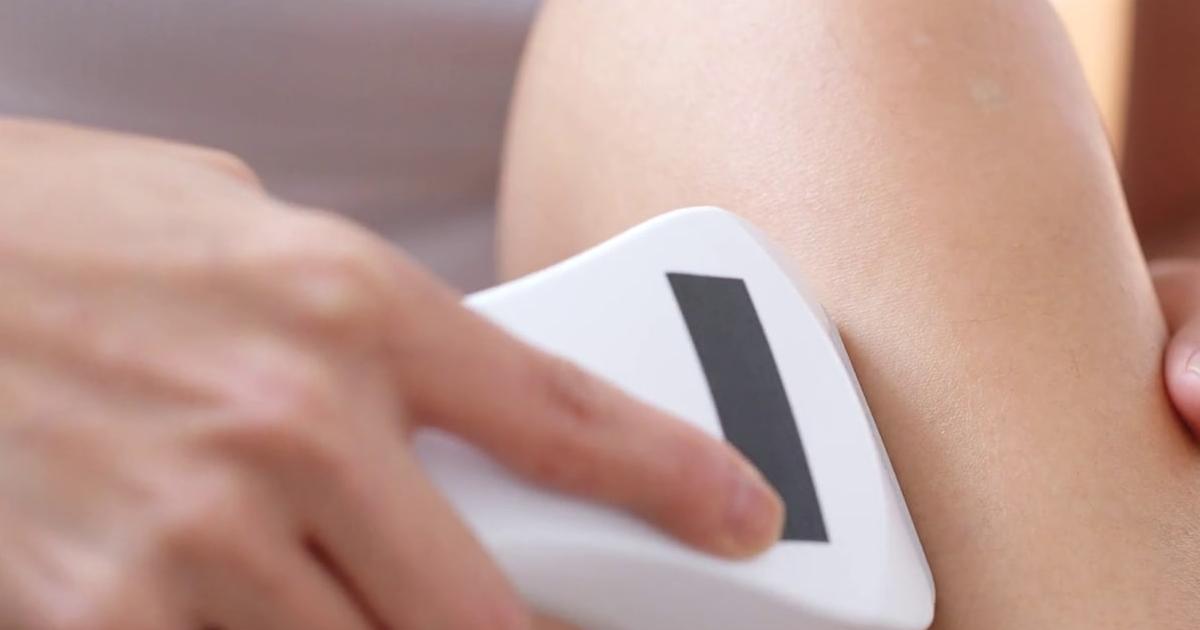Methods Of Preventing And Treating Folliculitis
Folliculitis is a common condition that results in an inflammation of the hair follicles. Both bacterial and fungal infections can cause folliculitis, and the infection may initially appear similar to pimples around the follicles. As the condition advances, sores may form, and these may scab over and not heal on their own. Typical symptoms include pain and tenderness in the skin, large swollen lumps, and skin itching or burning. Patients may also develop blisters, and these could fill with pus. To diagnose folliculitis, a dermatologist will examine the patient's skin and possibly use a dermascope for a microscopic skin examination. For cases that don't resolve with conservative treatments, the dermatologist may need to take a swab of infected skin or hair to determine the underlying cause of the infection. In rare instances, a skin biopsy might be recommended to rule out the presence of other skin conditions. Some patients may experience multiple episodes of folliculitis.
The remedies and lifestyle changes outlined below are often helpful in the prevention and treatment of folliculitis.
Medication To Treat Infection

Depending on the cause and severity of folliculitis, doctors may prescribe medication to treat the infection. For mild cases of this condition, topical antibiotic cream or gel may be sufficient to resolve the infection. For moderate to severe cases, dermatologists typically prescribe oral cephalexin, dicloxacillin, or minocycline, and they can be used in combination with topical antibiotics. While using medicines, patients should be aware of the potential for side effects, which include diarrhea, fatigue, feeling dizzy, and abdominal pain. Some patients may also experience headaches, joint pain, and an upset stomach. If a patient's folliculitis is due to a fungal (yeast) infection, an antifungal cream, shampoo, or oral medication may be provided. Miconazole, terbinafine, and fluconazole are among the most frequently prescribed antifungal medicines for folliculitis. Frequent side effects of antifungal treatments include stomach cramps, skin rashes, and headaches. If side effects are troublesome, patients may be able to switch to a more tolerable prescription medicine.
Learn more about treating folliculitis now.
Laser Hair Removal

Laser hair removal is generally advised as a treatment for recurrent or severe folliculitis. This treatment removes hair follicles permanently and reduces the hair density in the treated area. Laser hair removal may require at least six to eight treatments to be effective, and more may be needed for darker hair. The treatment should only be performed by a specially trained technician at a dermatologist's office. To reduce the discomfort that may be involved with this option, patients may want to apply a numbing cream to the treatment site a few hours before their appointment. Depending on the patient's skin tone and the texture of the hair that will be removed, dermatologists may use a diode, Alexandrite, and Nd:YAG lasers. Before attending a laser session, patients may need to shave the hair at the treatment site so the laser can better penetrate the root of the hair. Waxing, plucking, and bleaching should be stopped at least four weeks prior to a laser appointment. Patients who are taking antibiotics should ask their dermatologist about the most appropriate scheduling for their laser treatments. After having a laser session, patients are normally advised to apply sunscreen and avoid sun exposure for a few days. While the risk of side effects from lasers is low, some patients have experienced burning, scarring, and skin discoloration.
Continue reading to reveal more treatments for folliculitis now.
